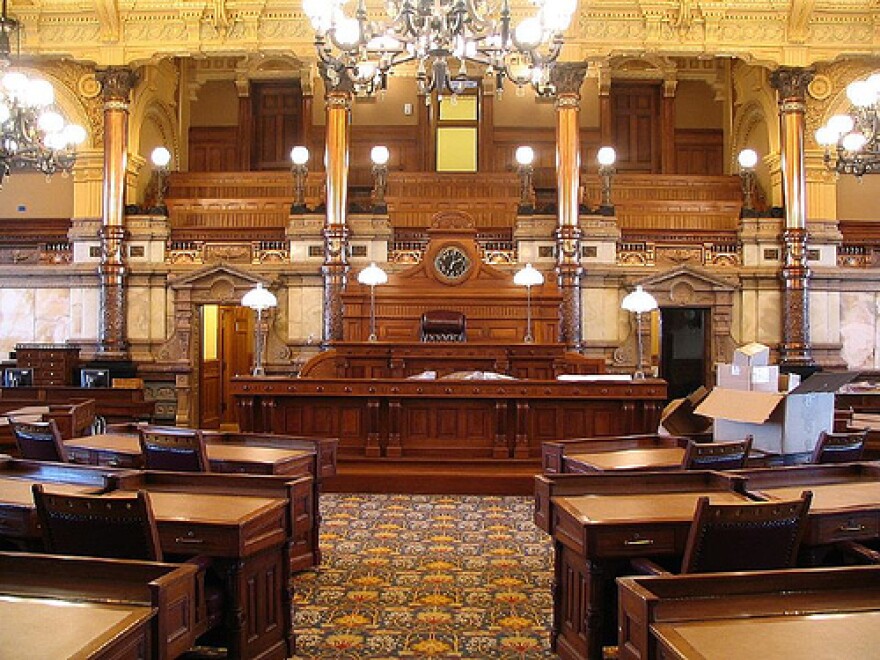The Kansas Legislature faces a crucial deadline as it starts its wrap-up session this week: It must have a school funding formula in place by June 30 that passes muster with the state Supreme Court or the justices will shut down public schools.
The Kansas House has done a good amount of work on a school funding bill. A working bill is in place, although it has yet to pass out of committee and make it to the floor.
The situation is different for the Senate.
“We preferred to have the House send over a bill,” said Senate Majority Leader Jim Denning of Overland Park. “We’ll work it during the first week we’re back.”
So the Senate has a blank page right now when it comes to funding for education.
“I think the Senate is going to have a … different position on school funding,” said Sen. Barbara Bollier, a Republican from Mission Hills. “That could be from how we calculate at-risk students to do we have more in the base for funding.”
Denning, Bollier and Sen. Molly Baumgardner of Louisburg are members of a special Senate committee formed late in the session to come up with a school funding formula. Some on the Senate panel suggest they aren’t thrilled with the House bill.
“If you look at what’s come out so far from the House side, it looks remarkably similar to the old formula,” Baumgardner said.
That’s true. The House bill does resemble the school funding formula that was scrapped two years ago for block grants. It provides additional money to districts for at-risk students, English language learners and transportation aid for students who have a particularly long bus ride.
“If you look at what’s come out so far from the House side, it looks remarkably similar to the old formula.”
It also provides $150 million a year in new funding over the next five years for a total of $750 million. Some lawmakers have questioned whether that’s enough money to satisfy the state Supreme Court.
But some senators also have other questions about the amount of school funding. Denning suggested that lawmakers may need to find $100 million to $150 million in new money next year only.
Baumgardner said the Senate will have to put in place some “policy changes,” such as using Census data rather than free or reduced lunch information to decide whether a student is at-risk.
She also said there is money to be saved. For example, she said, there are 700 students from bordering states who attend public schools in Kansas.
“In some cases, the school districts actually bus them over, pick them up the neighboring state and bring them into Kansas,” Baumgardner said.
The Senate also may look into cutting funding for virtual schools, she said.
But those two things are pretty small in a budget that consumes more than half of the state’s spending.
During the wrap-up session, legislators also must approve a tax package and find $900 million to balance the budget over the next two fiscal years.
Sam Zeff covers education for KCUR and the Kansas News Service and is co-host of the political podcast Statehouse Blend Kansas. Follow him on Twitter @SamZeff. Kansas News Service stories and photos may be republished at no cost with proper attribution and a link back to KCUR.org.






